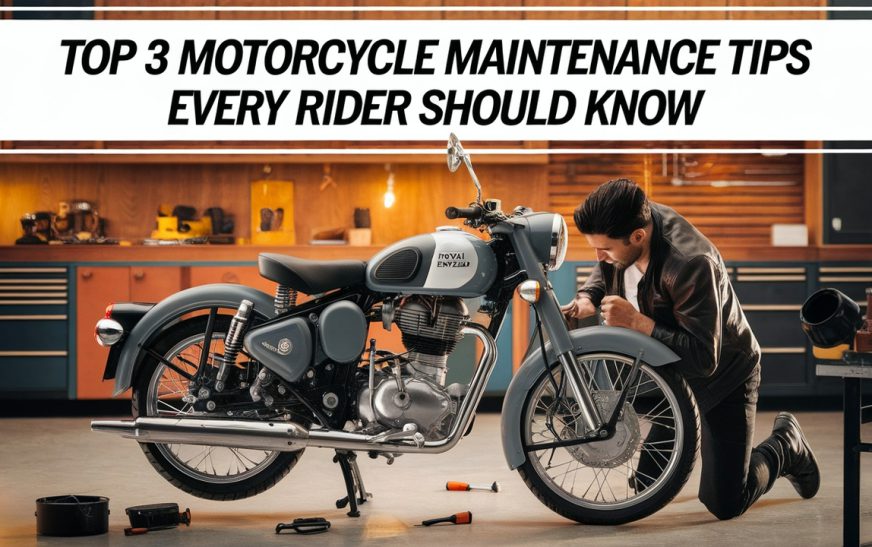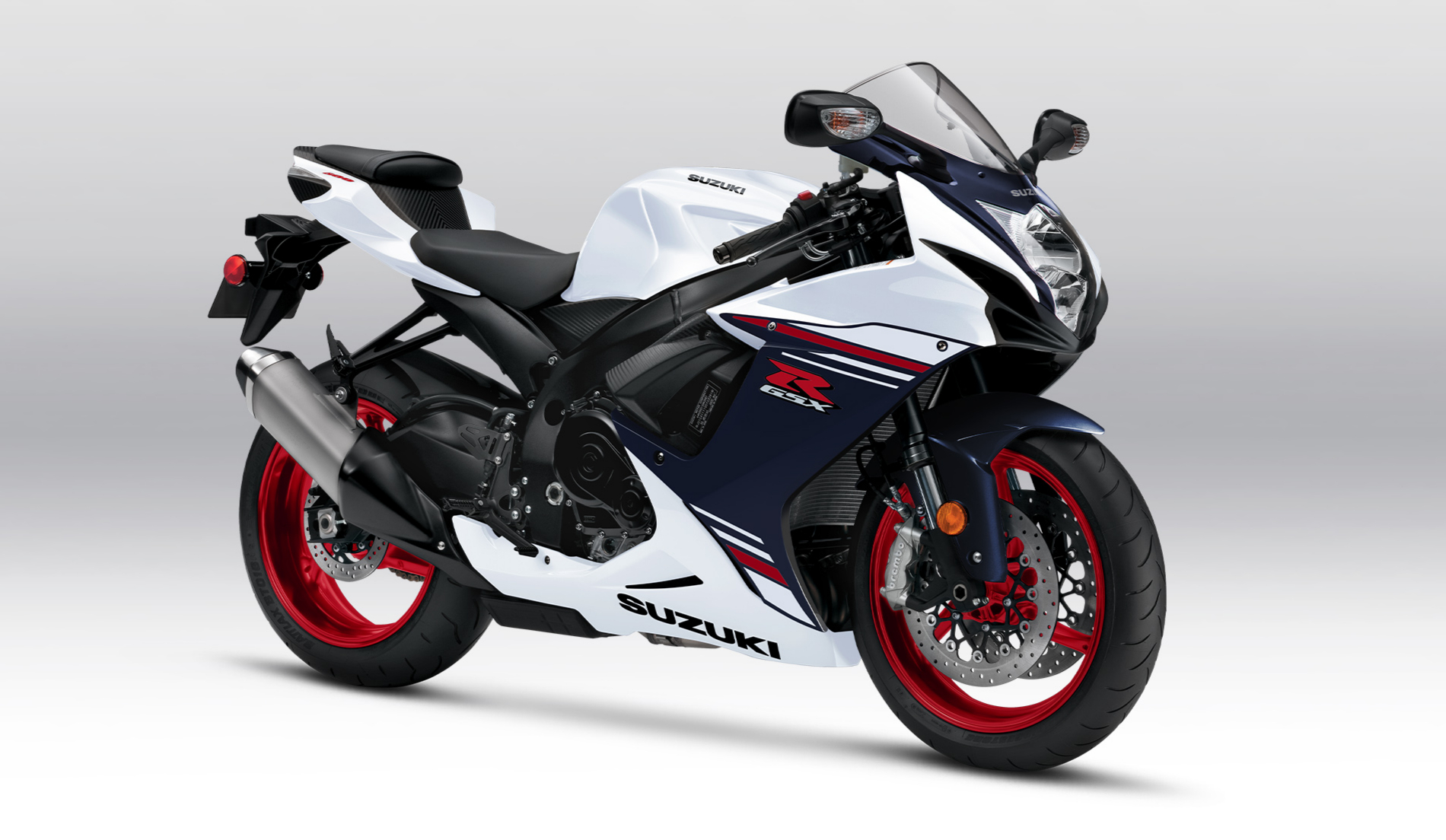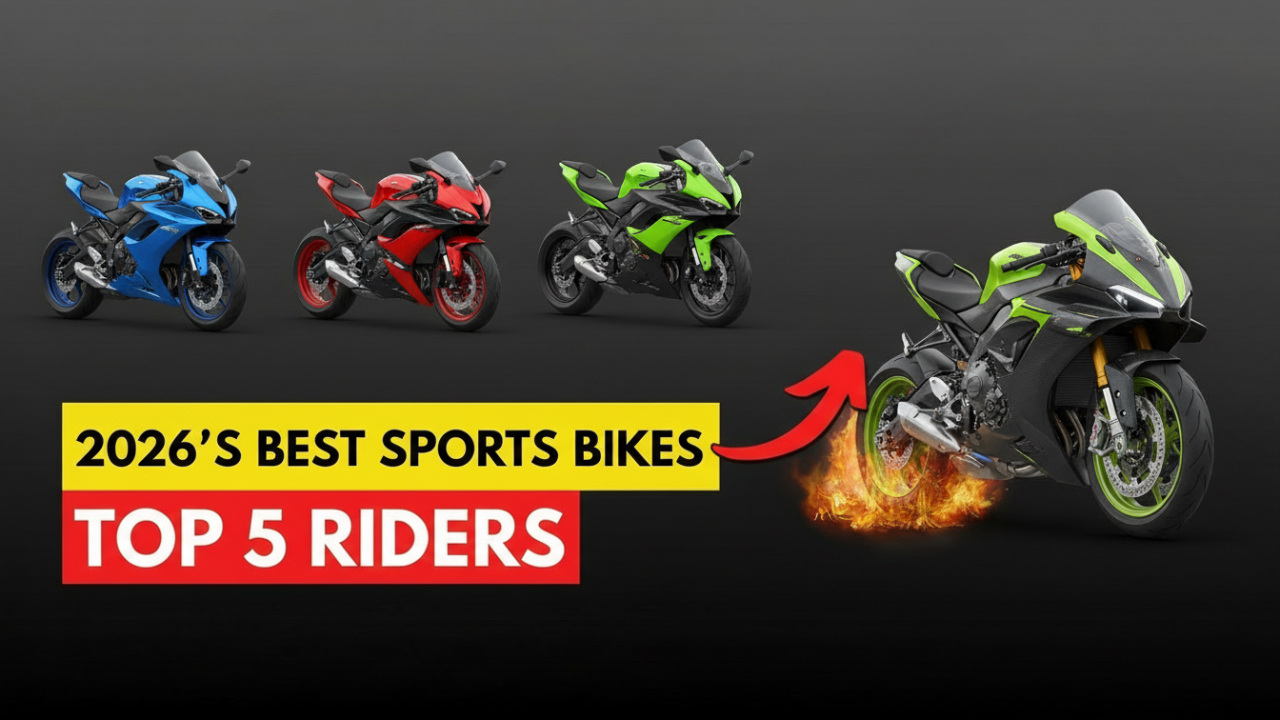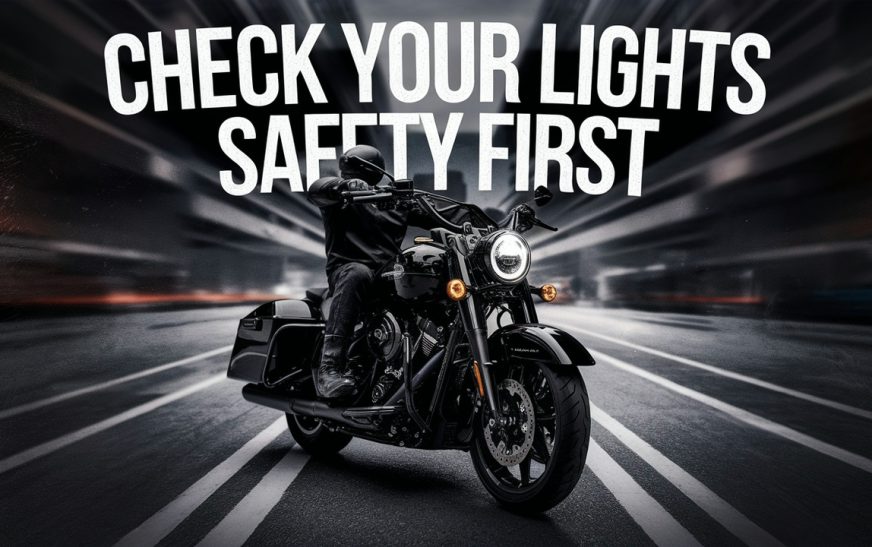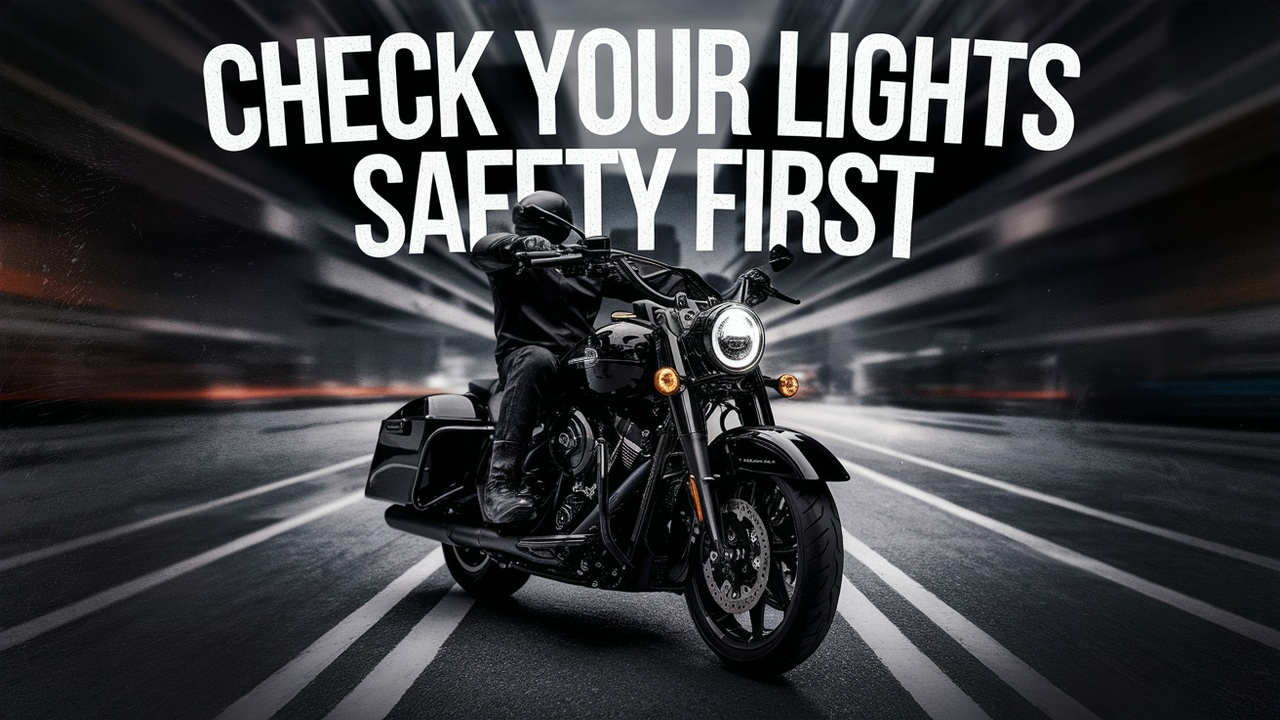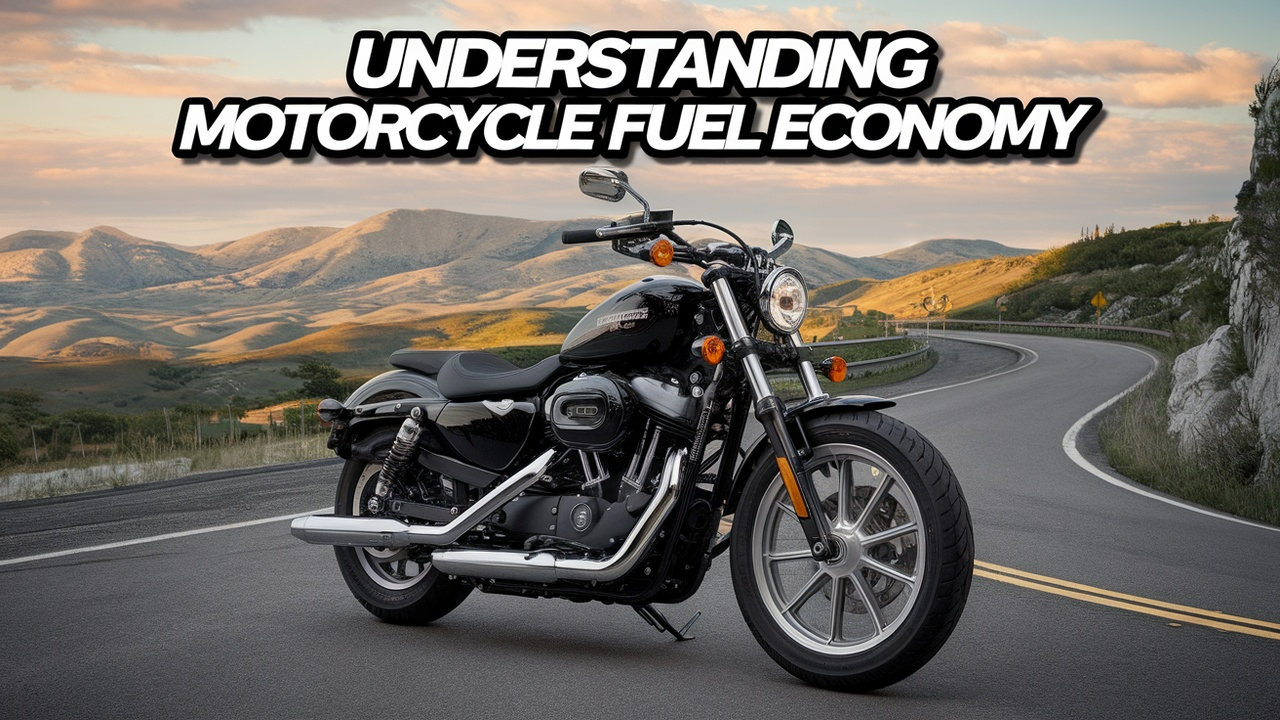Tips for a Smooth Ride
Motorcycle maintenance is essential for ensuring that your bike runs smoothly, efficiently, and safely for years to come. Whether you are an experienced rider or a novice, taking care of your motorcycle not only extends its lifespan but also improves its overall performance. Regular maintenance can prevent costly repairs and breakdowns, increase fuel efficiency, and ensure your safety on the road. Among the many maintenance tasks required for motorcycles, there are three core areas that every rider should focus on: engine oil and fluid changes, tire maintenance, and brake system care. These fundamental aspects of motorcycle upkeep are the building blocks of ensuring that your bike performs at its best, whether you’re cruising through city streets or tackling long-distance highways.
1. Engine Oil and Fluid Changes: The Lifeblood of Your Motorcycle
One of the most critical aspects of motorcycle maintenance is keeping the engine in optimal condition. The engine is the heart of your motorcycle, and just like any mechanical system, it requires regular maintenance to keep it running smoothly. Engine oil is often referred to as the “lifeblood” of the engine because it lubricates the moving parts, reduces friction, and helps cool the engine, ensuring that all components work efficiently. Without fresh engine oil, your bike’s engine can overheat, wear down, or suffer from excessive friction, which can lead to expensive repairs or even engine failure.
Why Engine Oil Matters
Engine oil serves several important functions in a motorcycle engine. First and foremost, it lubricates the engine’s moving parts, preventing them from grinding together and reducing wear and tear. Oil also helps to clean the engine by removing dirt, debris, and metal particles that can accumulate over time. Furthermore, oil acts as a coolant, absorbing heat from the engine and transferring it to the cooling system. This is especially important for high-performance motorcycles, which generate more heat than standard bikes.
How Often Should You Change the Engine Oil?
The frequency of oil changes depends on the type of motorcycle, the oil used, and the conditions under which the bike is ridden. However, a general guideline is to change the oil every 3,000 to 5,000 miles, or every six months, whichever comes first. If you ride in harsh conditions, such as stop-and-go traffic or extremely hot weather, more frequent oil changes may be necessary. Always consult your motorcycle’s owner’s manual for specific recommendations regarding oil change intervals.
Types of Motorcycle Engine Oil
There are several types of engine oils available for motorcycles, including conventional, synthetic, and semi-synthetic oils. Synthetic oils tend to provide better performance and last longer than conventional oils, making them a popular choice for high-performance motorcycles. Semi-synthetic oils offer a balance between performance and affordability, while conventional oils are typically less expensive but require more frequent changes. When choosing an oil for your motorcycle, it’s important to use the type and grade recommended by the manufacturer.
Changing Other Fluids
In addition to engine oil, other fluids play a vital role in the functioning of your motorcycle. These include coolant, brake fluid, and transmission fluid. Keeping these fluids at proper levels is just as important as maintaining the engine oil. The coolant helps regulate engine temperature, preventing overheating, while brake fluid ensures that the braking system functions efficiently. Transmission fluid is essential for smooth gear shifting, particularly in manual transmission motorcycles.
Over time, these fluids can break down or become contaminated, reducing their effectiveness. Make sure to check the fluid levels regularly and top them off as needed. If the fluid looks dirty, it may be time for a replacement. Always use the recommended fluid types for your specific motorcycle model.
2. Tire Maintenance: Keeping Your Ride Smooth and Safe
Tires are one of the most crucial components of your motorcycle, and proper tire maintenance is essential for both safety and performance. The condition of your tires directly affects the handling, stability, and safety of your bike. Under-inflated or worn tires can cause poor handling, reduced traction, and increased risk of accidents, especially in adverse weather conditions. Therefore, maintaining proper tire pressure, checking for wear and tear, and replacing tires when necessary are vital steps in keeping your motorcycle safe to ride.
Tire Pressure: The Foundation of Safe Riding
Maintaining the correct tire pressure is arguably the most important aspect of tire maintenance. Under-inflated tires can cause poor handling, increased tire wear, and decreased fuel efficiency. Conversely, over-inflated tires can reduce traction and make the ride uncomfortable. Both situations can be dangerous, as they compromise the bike’s stability and responsiveness.
It’s important to check your tire pressure regularly, especially before long rides. Most motorcycles have a recommended tire pressure listed in the owner’s manual or on a label near the swingarm or frame. Use a reliable tire pressure gauge to ensure that the pressure matches the recommended values. Tires should be checked when they are cold, as tire pressure increases with heat from riding.
Inspecting Tire Wear and Tread
In addition to monitoring tire pressure, it’s crucial to inspect your tires for wear and tear. The tread depth of the tire plays a critical role in providing grip, especially when riding in wet or slippery conditions. Shallow or worn-out tires can lead to a loss of traction, which is particularly dangerous during braking or cornering. Most tires have wear indicators built into the tread, which make it easy to check if the tire has worn down to the point of needing replacement. If the tread is worn below the recommended depth or if you notice visible damage such as cracks, bulges, or punctures, it’s time to replace the tire.
When inspecting your tires, also check for foreign objects such as nails or glass, which can cause slow leaks. Additionally, make sure the tires are not experiencing uneven wear, which can indicate misalignment or other issues with the bike’s suspension or wheel alignment.
When to Replace Your Tires
Motorcycle tires should be replaced every 5,000 to 10,000 miles, depending on the type of tire and the riding conditions. However, even if your tires don’t meet these mileage requirements, they may need to be replaced if they exhibit signs of damage or wear, such as cracked sidewalls or reduced tread depth. It’s also worth noting that tires have a shelf life of around five years, even if they haven’t been used much. Rubber degrades over time, so older tires can lose their grip and become unsafe, regardless of how many miles they have traveled.
3. Brake System Maintenance: Ensuring Safety at Every Stop
The brake system is arguably the most important safety feature on a motorcycle. Without functioning brakes, even the most skilled rider would be at risk. Ensuring that your brakes are always in good condition is critical for both your safety and the safety of others on the road. Regular brake maintenance involves checking the brake pads, fluid levels, and brake lines to ensure that they are functioning correctly.
Brake Pads: The First Line of Defense
Brake pads are designed to wear down over time, but if they wear too much, they can lose their ability to stop the bike effectively. Worn-out brake pads can also damage the brake discs, leading to costly repairs. To ensure your brakes are working optimally, check the thickness of the brake pads regularly. Most motorcycles have a wear indicator on the brake pads, but it’s a good idea to inspect them visually to see if they are worn to the point where they need replacement. Typically, brake pads should be replaced when they have less than 2mm of material left.
Brake Fluid: Essential for Proper Brake Function
Brake fluid plays an essential role in the braking system by transferring the force from the brake lever or pedal to the brake calipers. Over time, brake fluid can become contaminated with moisture, which reduces its effectiveness and can cause the brakes to feel spongy or unresponsive. It’s essential to check the brake fluid level regularly and top it off if necessary. If the brake fluid appears dark or dirty, it’s time to replace it. Typically, brake fluid should be replaced every one to two years, depending on the manufacturer’s recommendations.
Brake Lines and Hoses: Inspect for Leaks and Damage
The brake lines and hoses are responsible for carrying the brake fluid from the master cylinder to the brake calipers. These components are under high pressure and can wear out or become damaged over time. Inspect the brake lines for signs of leaks, cracks, or abrasions. If you notice any damage, replace the affected parts immediately. Keeping the brake lines in good condition is crucial for maintaining effective braking power.
When to Replace Brake Pads and Fluid
Brake pads should be replaced when they reach the manufacturer’s minimum thickness recommendation. As for brake fluid, it’s essential to follow the manufacturer’s guidelines, but typically, brake fluid should be replaced every 12 to 18 months or sooner if the fluid is discolored or contaminated.
Conclusion
Motorcycle maintenance may seem like a daunting task for new riders, but focusing on these three core areas—engine oil and fluid changes, tire maintenance, and brake system care—will ensure that your bike performs safely and efficiently for years. By performing regular maintenance and addressing issues before they become serious problems, you can improve the longevity of your motorcycle and enjoy a smoother, safer ride. Remember, a well-maintained motorcycle not only improves performance but also enhances your safety and the overall riding experience. Whether you’re a daily commuter or a weekend warrior, taking the time to care for your bike is essential for keeping it in peak condition and ensuring that you get the most out of every ride.
Are you curious if the Yamaha R3 can outperform the R6? Please click here for further information.

